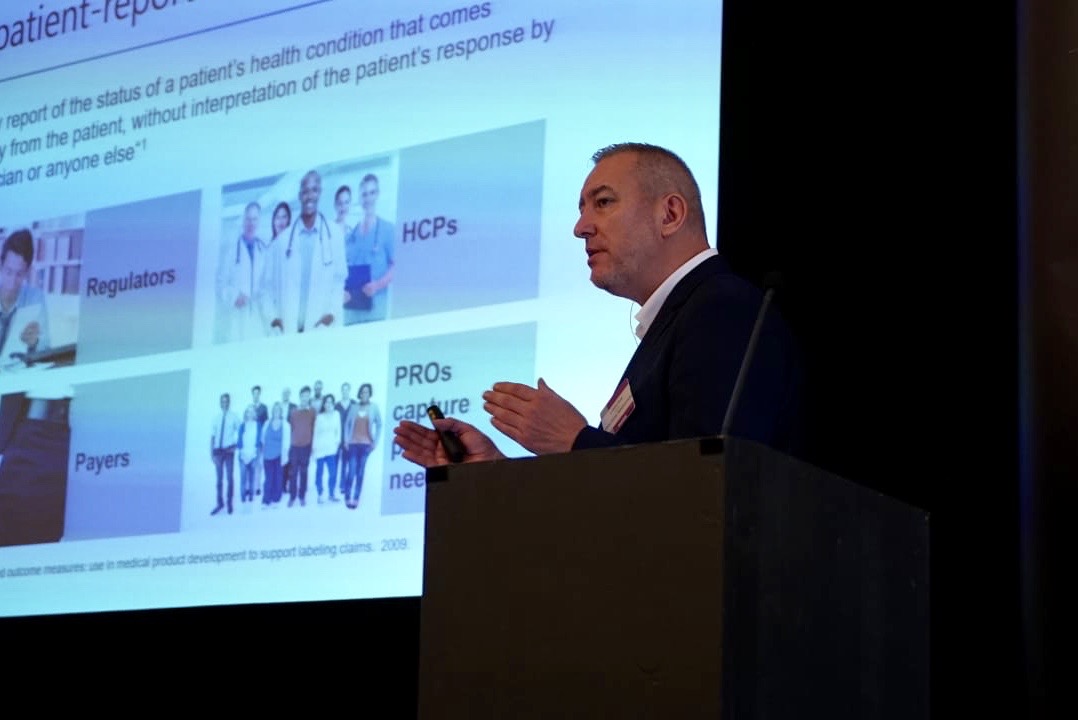Biogen ready to write-off Nav1.7 assets in pain?
- mark field

- May 26, 2020
- 3 min read
The Nav1.7 sodium channel was a molecular target identified from perhaps the most compelling human genetic validation for any new mechanism of action. For years we had waiting for such a target which didn’t rely on the unpredictable translation of preclinical studies to patients. However, targeting the Nav1.7 for pain has so far mainly failed in the clinic.
The last annual report for Biogen indicates worrying signs for the future development of the latest stage Nav1.7 compound Vixotrigine. Below is an exert from the report:
Vixotrigine
During the third quarter of 2018 we completed a Phase 2b study of vixotrigine for the potential treatment of painful lumbosacral radiculopathy (PLSR). The study did not meet its primary or secondary efficacy endpoints and we discontinued development of vixotrigine for the potential treatment of PLSR. As a result, we recognized an impairment charge of approximately $60.0 million during the third quarter of 2018 to reduce the fair value of the related IPR&D intangible asset to zero.
In addition, we delayed the initiation of the Phase 3 studies of vixotrigine for the potential treatment of TGN as we awaited the outcome of ongoing interactions with the FDA regarding the design of the Phase 3 studies, a more detailed review of the data from the Phase 2b study of vixotrigine for the potential treatment of PLSR and insights from the Phase 2 study of vixotrigine for the potential treatment of small fiber neuropathy. We reassessed the fair value of the TGN program using reduced expected lifetime revenues, higher expected clinical development costs and lower cumulative probability of success. As a result of that reassessment, we recognized an impairment charge of $129.3 million during the third quarter of 2018 to reduce the fair value of the TGN IPR&D intangible asset to $41.8 million.
The TGN program has experienced numerous delays in development in the periods since we acquired the program and the fair value of this asset is not significantly in excess of carrying value. In addition, we are currently testing vixotrigine in another mid-stage clinical trial, in a different neuropathic pain indication, for which we also have an IPR&D asset. Data from that trial is expected in the first half of 2020. This data may affect the economic value of vixotrigine and the IPR&D assets for one or both programs could be impaired if assumptions used in determining their fair value change.
We are continually re-evaluating our estimates concerning these and other variables, including our life cycle management strategies, research and development priorities and development risk, changes in program and portfolio economics and related impact of foreign currency exchange rates and economic trends and evaluating industry and company data regarding the productivity of clinical research and the development process. Changes in our estimates and prioritization of these programs may result in a significant change to our valuation of our IPR&D assets.
In January 2015 Biogen announced that it had agreed to acquire U.K.-based Convergence Pharmaceuticals, a clinical-stage biopharmaceutical company with an innovative portfolio of ion channel-modulating product candidates for neuropathic pain. The deal was cantered around vixotrigine (CNV1014802). Under the terms of the deal, Biogen Idec will pay Convergence shareholders an upfront payment of $200 million. Convergence shareholders are eligible to receive additional payments up to $475 million contingent on future milestones.
Comparison of Biogen’s fair value estimates to the original acquisition deal including future milestone payments suggest a potential wright-off of the vixotrigine IPR&D assets could be happening soon.
What is going wrong?
Failure to follow clinical development from linking target to disease is likely a key issue. The mistake of using Proof of concept patients for already regulatory approved indications, rather than spending more time to link the target to disease and identify the most relevant patient group is an all too common problem.
In the case of Nav1.7 the leading compounds fell into this trap. Pfizer had the first compound into the clinic and chose to test it first in Diabetic neuropathy patients. Teva/Xenon were next and examined their drug in PHN patients. In both cases the trials failed and the development was stopped.
Convergence changed the trend with a PoC in Trigeminal neuralgia, but the decision to move into the larger patient population of painful lumbosacral radiculopathy ended in failure. Ultimately that may reduce Biogen’s estimates of probability of success to stop further development completely.
There is likely a patient population that Nav1.7 will work in but we need to consider creating development programs to create more ‘precision analgesics’ that link target to disease to be successful.
.png)




.png)
Comments